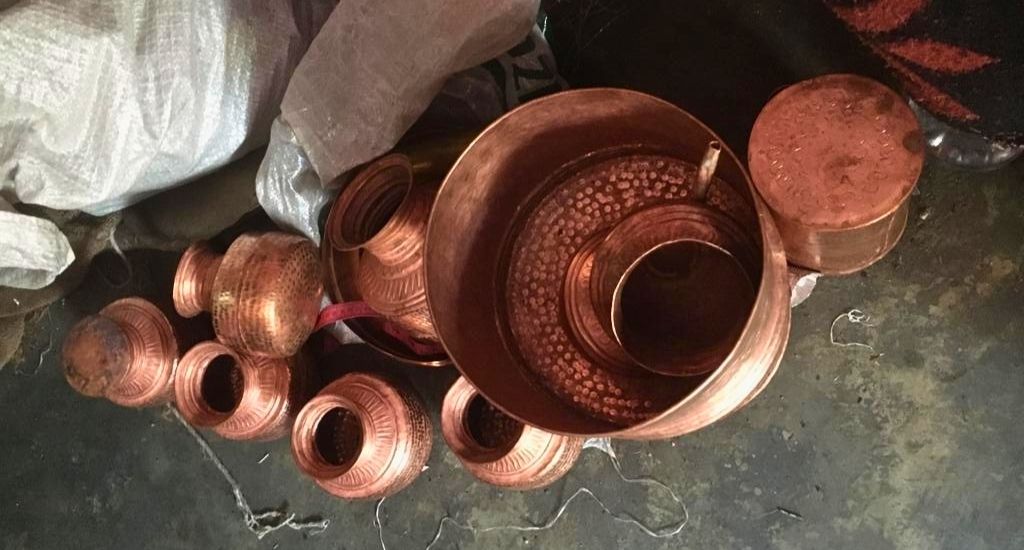
Copperware losing sheen for Tamtas of Almora
Tamta bazaar of Almora in Uttarakhand, the once-thriving marketplace and a vibrant hub of coppersmiths, now stands in desolation as the artisans struggle to compete with machine-made products.

Tamta bazaar of Almora in Uttarakhand, the once-thriving marketplace and a vibrant hub of coppersmiths, now stands in desolation as the artisans struggle to compete with machine-made products.
Amidst the timeless charm of Almora in Uttarakhand, a walk through the labyrinthine alleys of this Himalayan town just a decade ago would have evoked cherished memories of copperware for visitors. An encounter with the rhythmic symphony of metal striking metal would lead to Tamta mohalla, a neighbourhood housing small wood-fired kilns.
Each of these unassuming workshops, equipped with wheels and pumps, was a portal to a world of freshly crafted copperware. This bustling thoroughfare had thrived for over three centuries, a testament to the enduring tradition of Kumaon’s copper craftsmanship.
However, there’s no copper-bottomed guarantee that this would continue for long. Tamta bazaar, once a vibrant souk of coppersmiths, has quietly faded into a shadow of its former self.
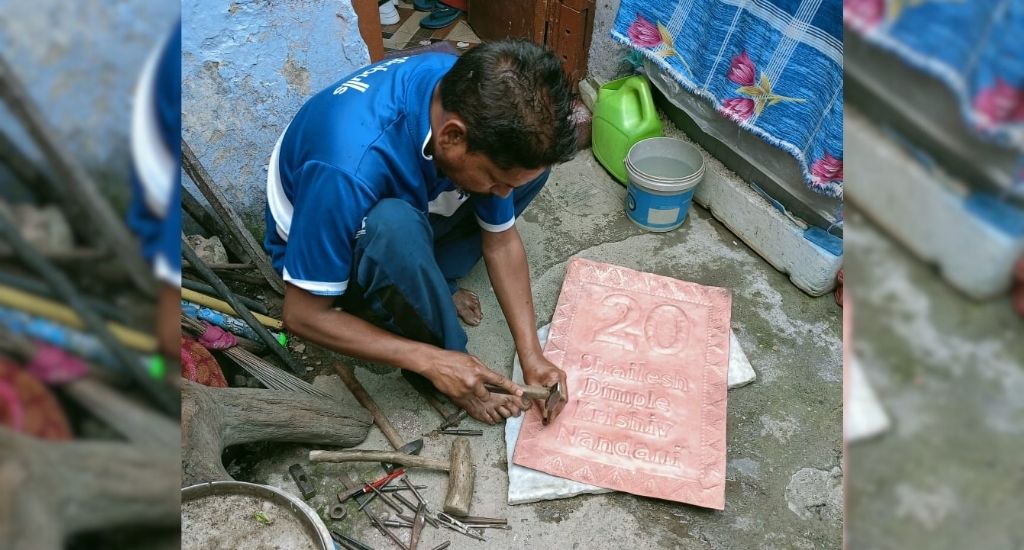
“I really miss those busy times. I have such sweet memories of those times. I got trained here. It used to be a buzzing place then. But it was also exhausting. All of us used to be busy with last-minute burning, moulding, and polishing work,” said Naveen Chandra Tamta, a 54-year-old coppersmith fondly called Nabboo by his neighbours.
Naveen Tamta, who has been recognised as a Shilpratan – meaning a gem among craftspeople – by the state government, belongs to one of the last five-odd families that are still carrying on with the work. More than 20 other families have moved on to other occupations. The once-thriving marketplace now bears the faint echoes of a bygone era.
These coppersmiths in Almora were historically cherished by the kings of the Chand dynasty, who reigned over the region from the 10th century until the mid-18th century. Legend has it that when the Chand kings, originally from Rajasthan, shifted their capital from Champawat to Almora in the 1560s, they brought with them a community of coppersmiths.
Also Read: Students help revive traditional metal craft
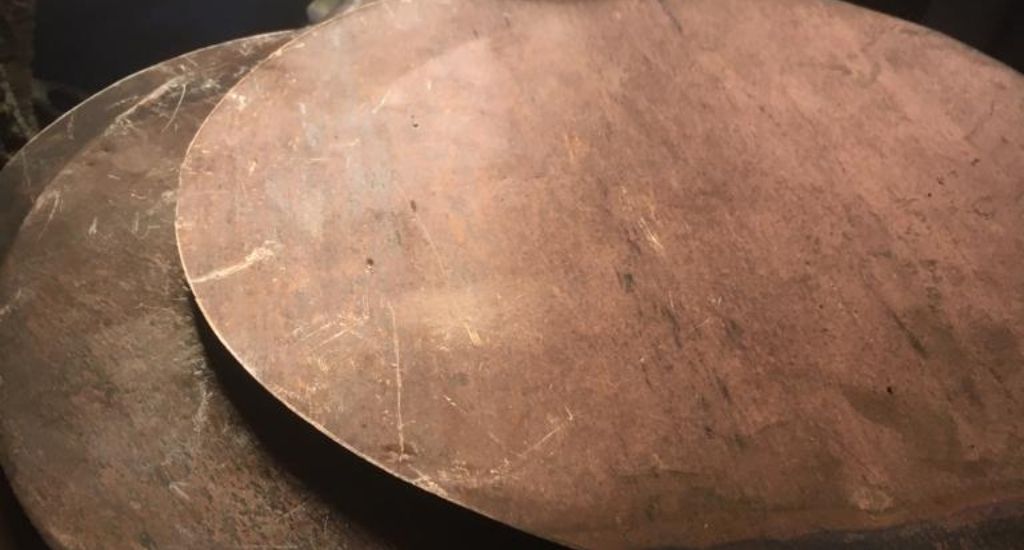
These skilled artisans, belonging to the Tamta caste, have since devoted themselves to crafting copperware, adorning temples, and catering to domestic needs. However, the passage of time has not been kind to this enduring tradition.
Ashu Tamta, who is six years younger than Naveen Tamta, acknowledged the rapid changes they faced.
“There is no point in crying over what should have happened. We were given a small facility by the state government, but orders for handcrafted items also dwindled,” he said.
Around 2010, the copperware industry saw a transformation when urban shops and online marketplaces began offering exquisite copper decor items and utensils with innovative designs. Factories that had been making brass products in Moradabad in Uttar Pradesh ventured into copperware.
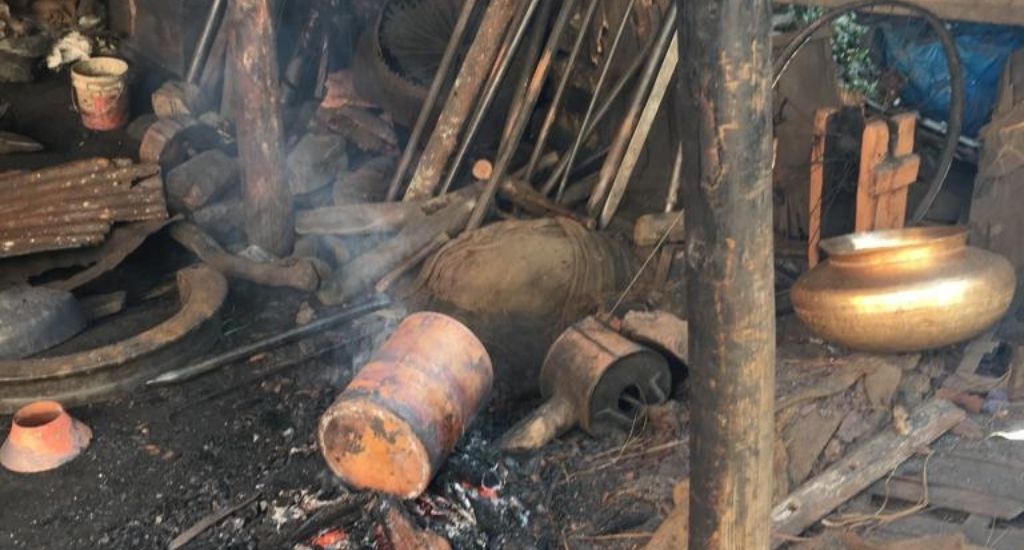
This shift in consumer preference posed a significant challenge to the traditional artisans of Almora. As machine-made products flooded the market, diminishing demand for handcrafted goods left the local coppersmiths struggling to keep up.
“Machine-made glittering copperware was suddenly visible a lot during the pandemic,” said Ramesh Rautela, who owns a utensils shop in Almora. The COVID-19 pandemic spurred public interest because of the so-called health benefits of water stored in copper vessels.
Also Read: A herbal effect takes root in Uttarakhand’s hills
“We sold a good number of copper jugs and glasses at that time. But that was all sourced from outside. Tamtas working here wouldn’t have been able to fulfil the requirement,” Rautela said.
Suresh Tamta, from a family that has moved away from coppersmithing, reflected on their changing circumstances. “Two of the educated young men in my family are employed with others. One procures household items from nearby cities and sells them to local shopkeepers, while the other works with a WiFi company to lay cables. But I won’t say that we are better off than those who are still doing copper work. We are making almost as much money because the salaries here aren’t good,” he said.
The coppersmiths in Almora are adapting to the changing times and picking up the latest trends, bringing hope that the rust of neglect may eventually yield to reveal a silver lining.
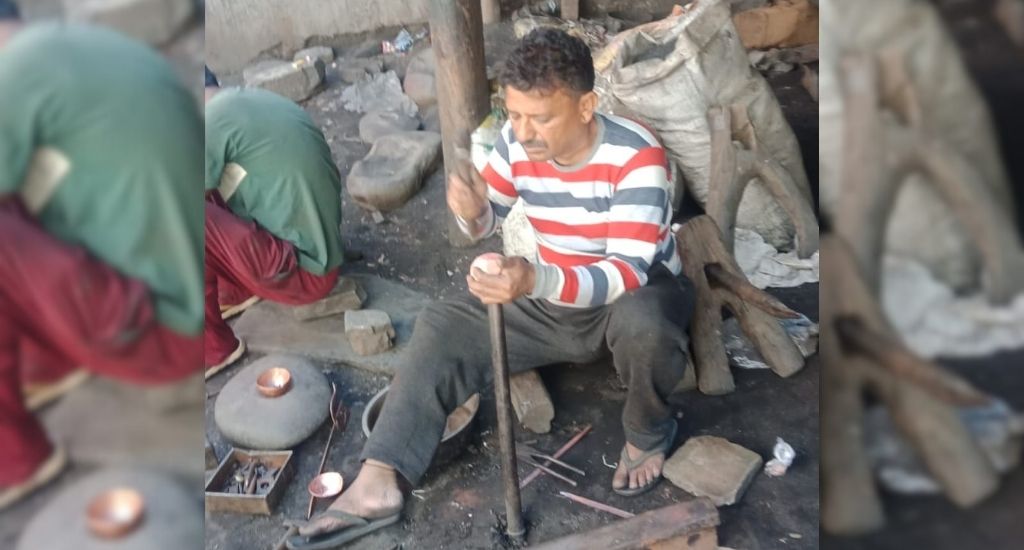
According to Suresh, the growing interest in copperware offers good prospects for those who continue to work in this craft.
“Copper nameplates and paintings are in demand these days,” said Ashu Tamta, who recently fulfilled an order of 10 copper lamps. He also made toy copper watches for a client from Delhi who wanted to gift something with an innovative design.
“Only handwork can bring an exciting variety in decor items. We cannot compete with the volume produced by mould-based manufacturing. But our handmade products stand out in the crowd,” said Ashu Tamta, a BCom graduate who lives in a joint family of eight members.
The family’s annual net earnings are about Rs 2 lakh. “This can get doubled if we have more space and trained workers and proper promotion of the products,” he said. The lack of formal interventions to connect them with designers and online marketplaces has left them struggling.
Also Read: Finding a soul in Uttarakhand’s ghost village
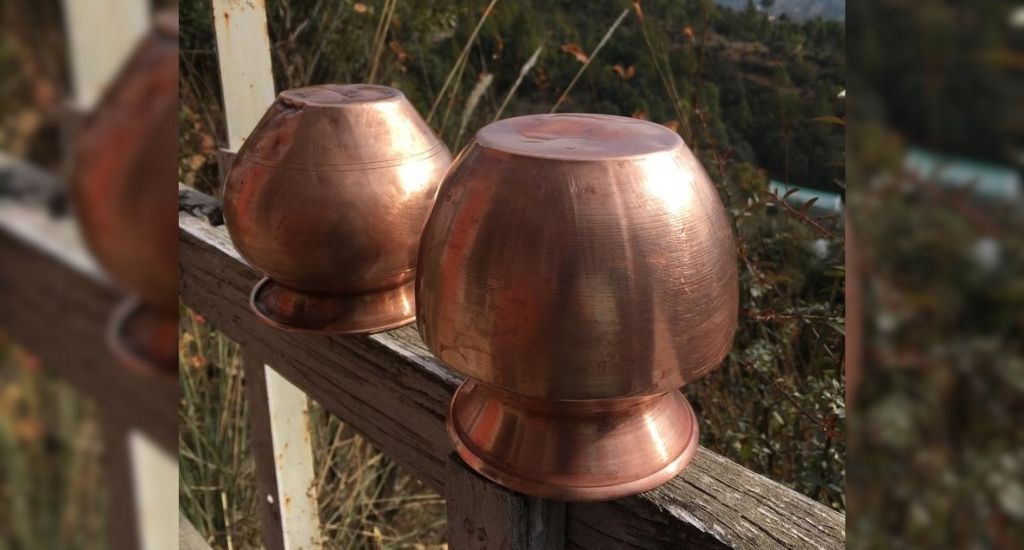
Naveen Tamta’s workshop mostly produces basic items like copper glasses, kalash (pots), small bowls, and paraant (large-rimmed plates), which are sold to local shopkeepers. Other products, which fetch more money, consist of private orders from old clients and new designers.
“I sometimes have to refuse private orders because I don’t have the team to make them,” said the master craftsman, who has about ten members from his family and the neighbourhood assisting him in fulfilling orders.
The lead image at the top shows the copperware of Almora (Photo by Anurag Tomar)
Anurag Tomar is a former journalist who now lives in a village in the Uttarakhand hills.